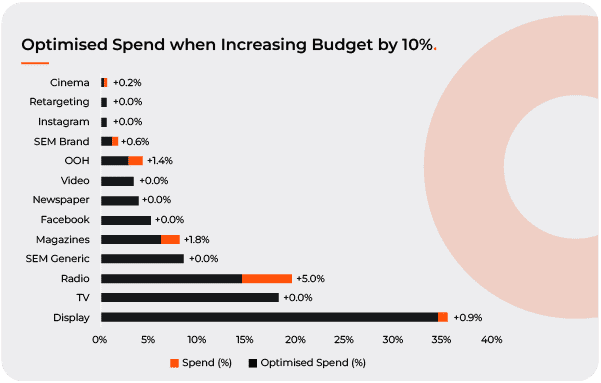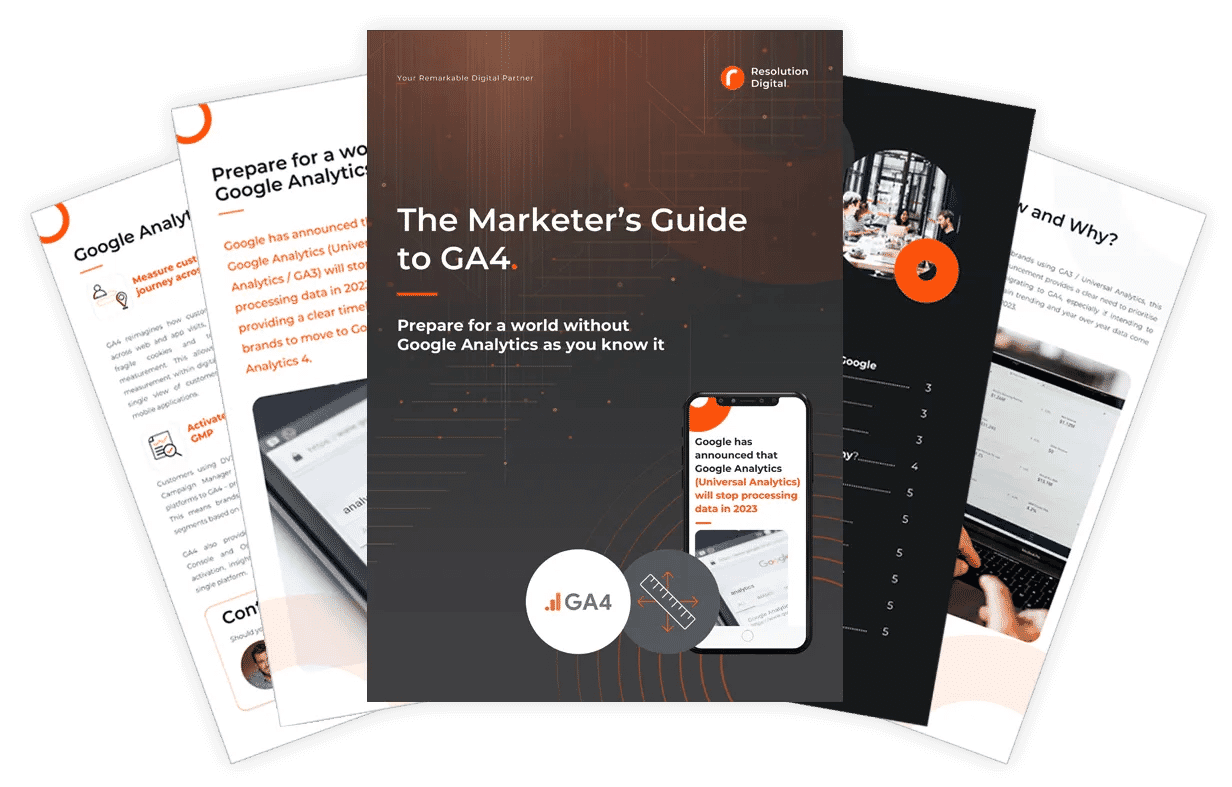MMM doesn’t rely on third-party cookies, making it a more future and privacy proof form of measurement. So how does it work?
This article is part of a series. Read the first instalment, the Marketer's Guide to Marketing Mix Modelling (MMM): part 1.
This article covers:
Unlike data-driven attribution modelling, Marketing Mix Modelling (MMM) doesn’t rely on third-party cookies, making it a more future-proof form of measurement in marketing.
We know there is a limitation here, in the sense that this means MMM doesn’t measure engagements on a user-level (clicks, impressions, etc.), however, with the phasing out of cookies it remains one of the most reliable forms of measurement available in a post-cookie world.
Due to its reliance on cookies, marketers have had to find solutions beyond data-driven attribution modelling. However, it still fills a gap that MMM can’t, which is why both forms of modelling work extremely well together.
MMM and Multiple-Linear Regression
Hypothetically, let’s just say you advertise on different online and offline channels. MMM will collate your historical data, identify trends, and allow you to predict what might happen if you change one of the variables. For example, if you decided to spend more, would this result in more sales for specific channels, or would it remain the same?
MMM uses multiple-linear regression to form an equation. Dependent and independent variables are used to create the equation, and it could be linear or non-linear depending on the relationship between the variables and the inputs.
For example, your advertisement for flowers on television would have a non-linear relationship with conversions. Put simply, this means if you increased TV spend it would not result in proportionally increased sales. When variables show a linear relationship to conversions, it means sales will proportionally increase with your advertising spend.
.png?)
What are the key steps to MMM?
This is a typical high-level MMM process from scoping to presentation:
- Scoping is possibly the most critical phase to ensure that the data collection and the model aligns data, objectives, and the primary business KPI.
- Data collection for pre-processing.
- Pre-process the data to build the data pipelines, automations, and cleaning required to verify that the data is valid.
- An audit and exploratory data analysis to investigate the data sets and isolate the key features that have an impact on the model.
- Analyse the outputs to develop insights and recommendations.
- Integrate the model outputs directly into planning, strategy, and media buying. This is critical, but only 20%-30% of marketers actually implement the recommendations and realise the lift in ROI. The remaining 70%-80% use the models to analyse past performance and justify investment, critically missing out on a 10%-20% increase in ROI.
- Close the loop to connect new data based on the recommended changes and refresh the model every 3 to 6 months.
What marketers need to know about getting started with MMM
When you apply MMM successfully, you’re able to allocate budget more effectively than ever and see your ROI increase as a result. However, unless you’re a maths whiz, we recommend working with experts who know measurement inside out.
Get in touch with us today to chat about how you can optimise your marketing spend with MMM.
This article is part of a series. Read the first installment, the Marketer's Guide to Marketing Mix Modelling (MMM): part 1.
Google Analytics as you know it is retiring
Google Analytics 4 (GA4) will replace Universal Analytics, which will stop collecting data on 30 June, 2023. Download our guide and prepare for the future of Google Analytics.








.svg/?)



